All Products are in stock
and shipped from France.
Delivery within 48 hours.
and shipped from France.
Delivery within 48 hours.
Our categories
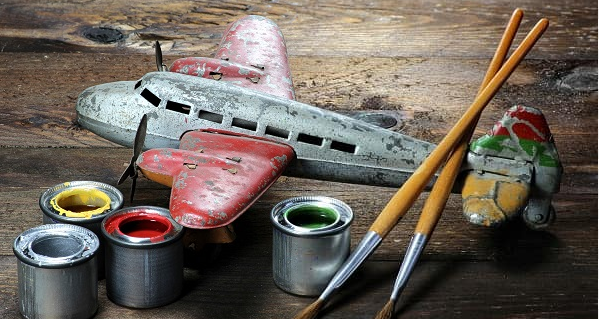 Paints for RC models and models
Paints for RC models and models
In the world of model making, there are all kinds of scale models, the elements of our world and in particular the different types of vehicles, which are reproduced in miniature according to a certain scale compared to reality. Model paints allow modelers or miniatures to decorate and give life to their models (boats, war machines, diorama, plane, automobile...).
According to the different processes and techniques of painting scale models, there are a variety of colors which are carefully elaborated to correspond faithfully to the colors used according to the military nomenclature, with strict respect for the type of operation, terrain or environment. ages of wars.
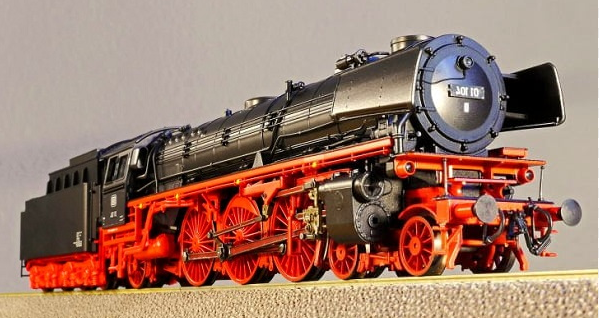 Respecting historical colors is essential in order to stick to reality. For the creators of Hikari, this has been the subject of significant work, for the research and the matching of the colors that cover period or more contemporary machines, depending on the context, the country, the era, specific to this historical equipment and accessories. Professional model makers and historical advisers regularly participate in color research, via archival documents, even in military museums. For model painting, we refer to color codes, color charts and also to correspondence tables.
Respecting historical colors is essential in order to stick to reality. For the creators of Hikari, this has been the subject of significant work, for the research and the matching of the colors that cover period or more contemporary machines, depending on the context, the country, the era, specific to this historical equipment and accessories. Professional model makers and historical advisers regularly participate in color research, via archival documents, even in military museums. For model painting, we refer to color codes, color charts and also to correspondence tables.
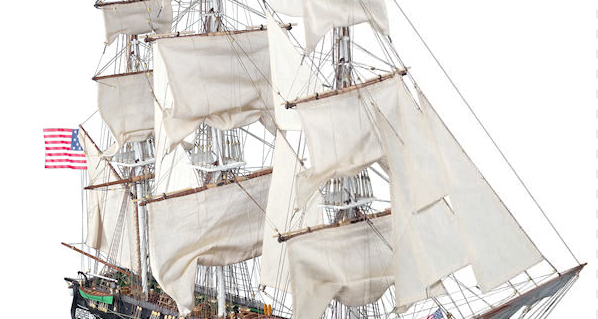 Paint scale models : the different categories
Paint scale models : the different categories
The universes covered by this general term of model making are very extensive and are teeming with creativity and ingenuity on the part of passionate miniaturists: They are realistic, with civilian vehicles (cars, motorcycles, etc.) or military vehicles (armoured, planes, ships, etc. from all eras, or even imaginary through science fiction machines, mechas (robots) or fantastic figurines.
The different model paints, their applications and characteristics
The paints of scale models are paints of a good level of quality, whether they are in aqueous or solvent-based version. They must be sufficiently robust and covering, and also facilitate application with the various tools available to the painter (airbrush or fine brush), to decorate the very small surfaces of the models.
To help the scale model painter to find his way around this myriad of colors or to find colors specific to a vehicle, often existing under different internal codes or different names, specific to each brand or manufacturer, the huge range of Hikari paintings has been listed on the Hikari correspondence table, which today constitutes one of the most important databases in the sphere of model painting.
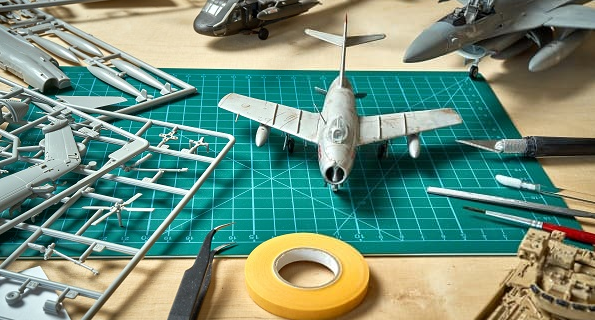 Model paints
Model paints
This microcosm, which are model paints, is very rich in original techniques invented or reworked by the Model Artists themselves : the method of implementation may vary and the effects sought are different according to each type of model . For example, when painting civil vehicles, automobiles, we seek to imitate the glossy finish of the bodywork, while when painting a character or a medieval element, we seek a matt and patinated finish. As for the military models, these are tanks and other armored vehicles, but also warships. The whole effort is to create an illusion of reality, thanks to the paints and patinas of aging. Hikari offers one of the largest ranges of vintage tank and aircraft paints.
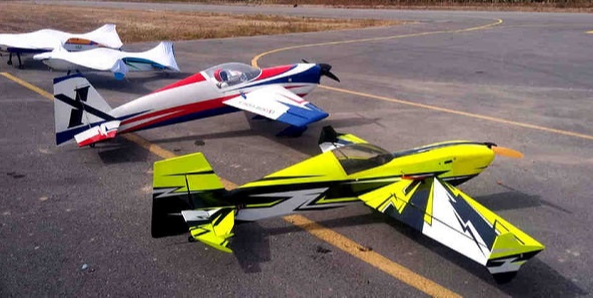 Lexan RC model paints
Lexan RC model paints
Here, it's less about models of spaceships or robots, or even war vehicles, but about a very distinct practice, the world of radio-controlled vehicles, where Lexan RC model paints are applied by inside, in reverse. That is to say that we paint transparent plastic fairings from the inside. These painting techniques are quite unique and respond to the particularities, the stress and the aggressions suffered by the paintings on these racing cars, often equipped with gasoline engines.
Wargame paint
Paint aids for model making
Special effects for model making
Hikari kits for model making and model making














































































